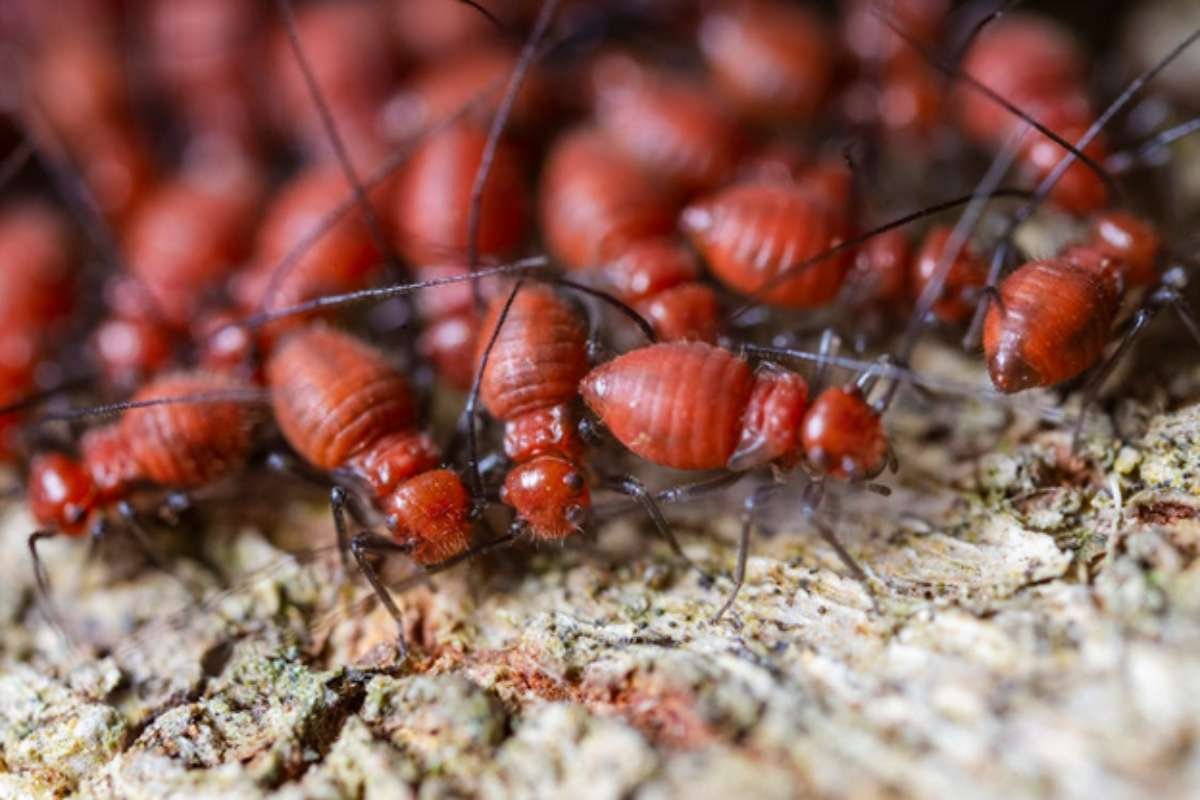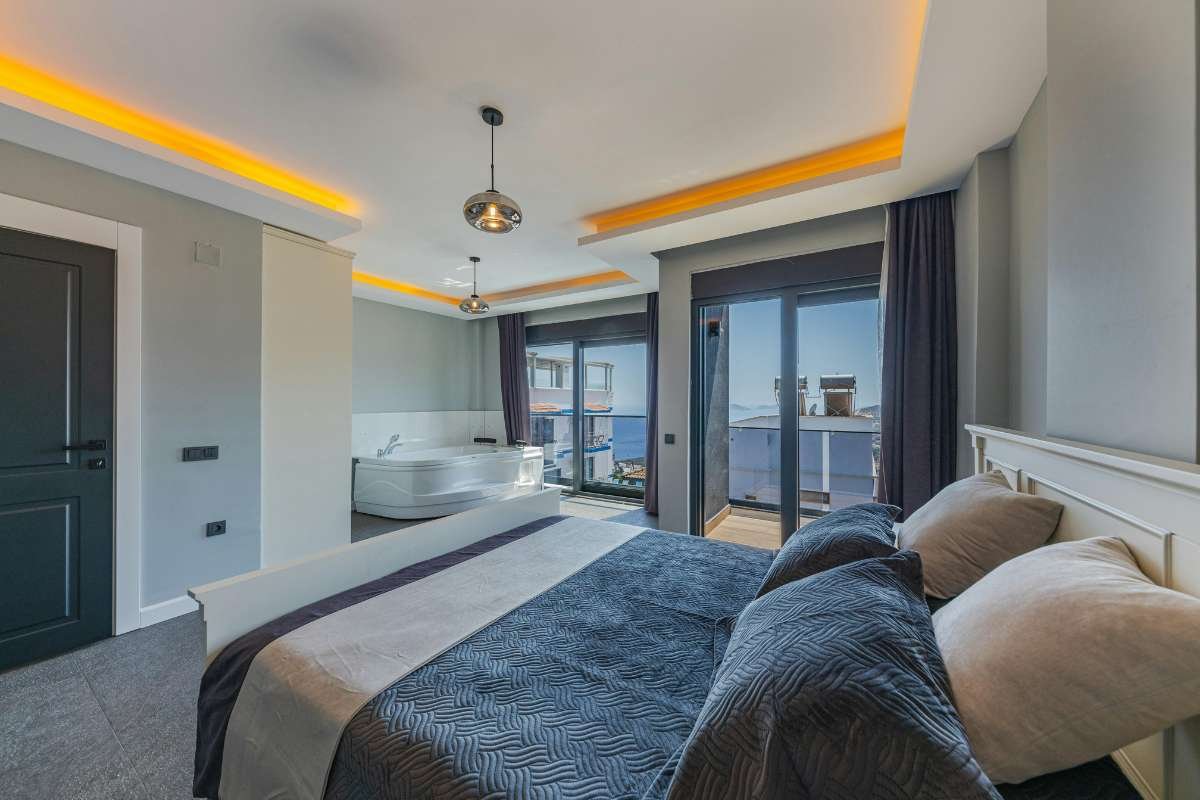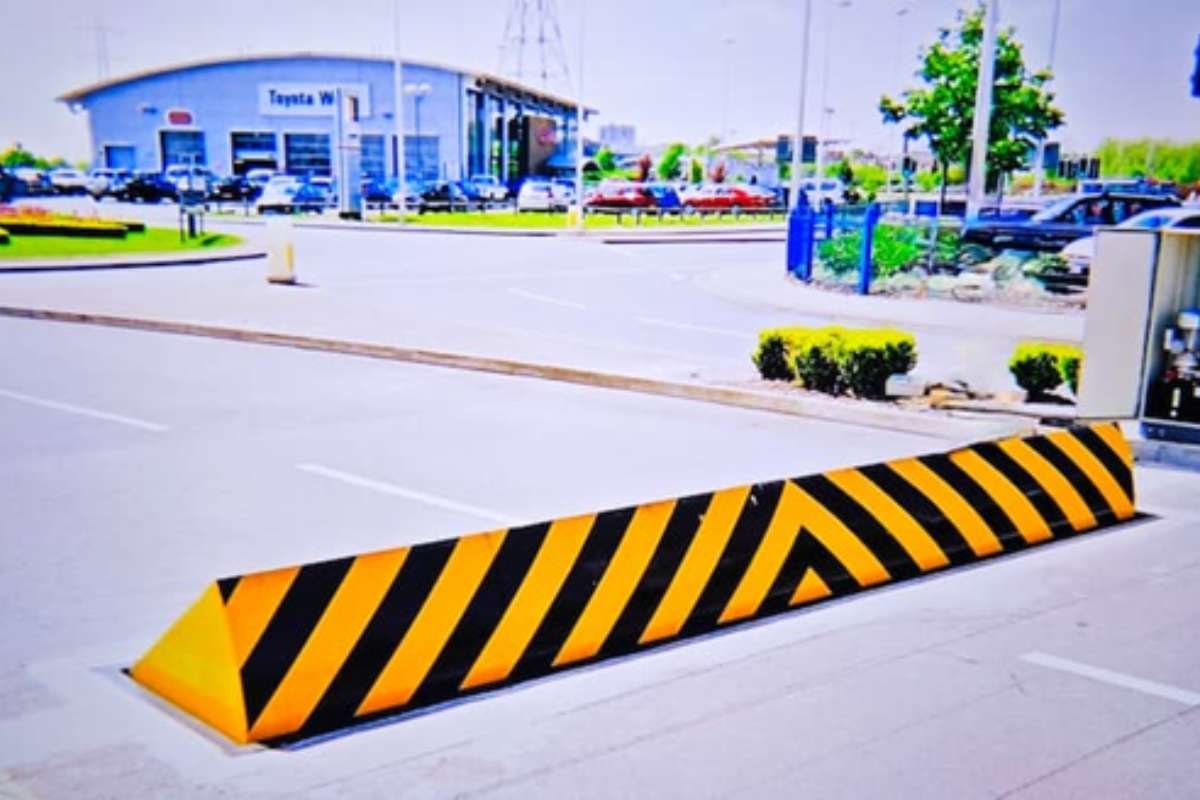Pests can thrive in unnoticed and unhygienic workplace areas. They can cause both health risks and structural damage, so businesses can’t afford to overlook them.
Identifying these hotspots helps prevent infestations and keeps your work environment clean and pest-free. So,
Here are seven commercial pest prevention measures that you should regularly inspect:
1. Break Rooms
Break rooms can quickly become pest hotspots. Leftover food, crumbs, and spills attract ants, cockroaches, and even rodents.
Overflowing garbage bins provide easy access to pests looking for a quick meal. Even unattended drink containers can become breeding grounds for flies.
Keeping break rooms clean is essential to deter pests. Encourage employees to wipe down surfaces after eating, seal trash bags properly before disposal, and schedule regular deep cleans.
If these efforts don’t keep pests at bay or you’re aiming to prevent issues altogether, it’s time for professional help.
For instance, a reliable service like axcarolinas.com can address existing infestations or put prevention measures in place effectively.
2. Floor Drains
Floor drains can attract pests like cockroaches and drain flies. These spaces stay moist and collect organic matter, creating the perfect breeding ground for insects.
Left unchecked, clogged or dirty drains provide easy access for pests to enter your workplace.

To prevent infestations, clean drains regularly using enzyme-based cleaners to break down residue. And install drain covers to block entry points. Also, check for signs of standing water. This attention to detail is key for effective commercial pest prevention.
Persistent pest activity near floor drains signals deeper issues that require immediate attention from maintenance professionals or pest control services.
3. Dumpster Areas
Dumpster areas are notorious for attracting pests such as rats, mice, or flies.
Food waste and liquids often spill during disposal or linger in uncovered bins, creating a constant buffet. Strong odors also lure pests from far away.
Maintain this area by keeping dumpster lids tightly closed at all times. Regularly clean both the bins and the surrounding pavement to remove spills or residue. And schedule frequent trash pickups to avoid overflow.
If pest activity persists despite proper maintenance, consulting a professional service ensures thorough elimination and ongoing prevention strategies for these problem zones.
4. Restrooms
Restrooms can harbor pests like cockroaches and silverfish, especially in moist environments.
Leaky faucets, damp floors, or condensation around pipes create the perfect conditions for these unwelcome visitors.
Unemptied trash bins may also attract flies.

Routine restroom maintenance is key. Fix leaks promptly to reduce moisture buildup, and use exhaust fans to improve ventilation. Also, regularly empty waste bins and clean under sinks or behind toilets where pests often hide.
When signs of pest activity persist despite good hygiene practices, expert help ensures effective solutions while addressing underlying causes.
5. Storage Closets and Supply Rooms
Storage closets and supply rooms often provide pests like spiders, rodents, or cockroaches with ideal hiding spots.
Cardboard boxes, cluttered shelves, and infrequent cleaning create undisturbed spaces for nesting.
Food items stored improperly in these areas add to the problem.
Keep storage spaces organized by using sealed plastic containers instead of cardboard. And regularly declutter to eliminate potential habitats. Also, clean thoroughly (even in hard-to-reach corners).
If you notice droppings, webs, or gnawed materials despite these precautions, it’s time to involve professionals who can handle pest control comprehensively while optimizing your long-term commercial pest prevention.
6. Ceiling Spaces or Attics
Ceiling spaces and attics are common hiding places for pests like rodents, bats, and even wasps. These areas often go unnoticed, making them perfect for pests to build nests. Insulation materials provide warmth and shelter, while small cracks or gaps act as entry points.
Inspect these areas regularly for signs like droppings, noises at night, or damaged insulation.

Seal any openings around vents or wiring to block access.
Persistent pest problems in hard-to-reach spots call for expert intervention to remove infestations safely and seal entryways properly before they worsen.
7. Indoor Green Spaces
Indoor green spaces, like office plants or decorative gardens, can invite pests such as ants, gnats, and aphids. Overwatering creates moist soil that attracts insects. Dead leaves and organic debris also become feeding grounds for pests.
To keep these areas pest-free, avoid overwatering plants and remove dead foliage promptly. And check pots and planters for signs of pest activity regularly. Using natural pest repellents can help deter insects without harming the plants.
If infestations spread despite these measures, a professional evaluation ensures effective treatment while protecting your indoor greenery. This is a crucial step in commercial pest prevention.


















